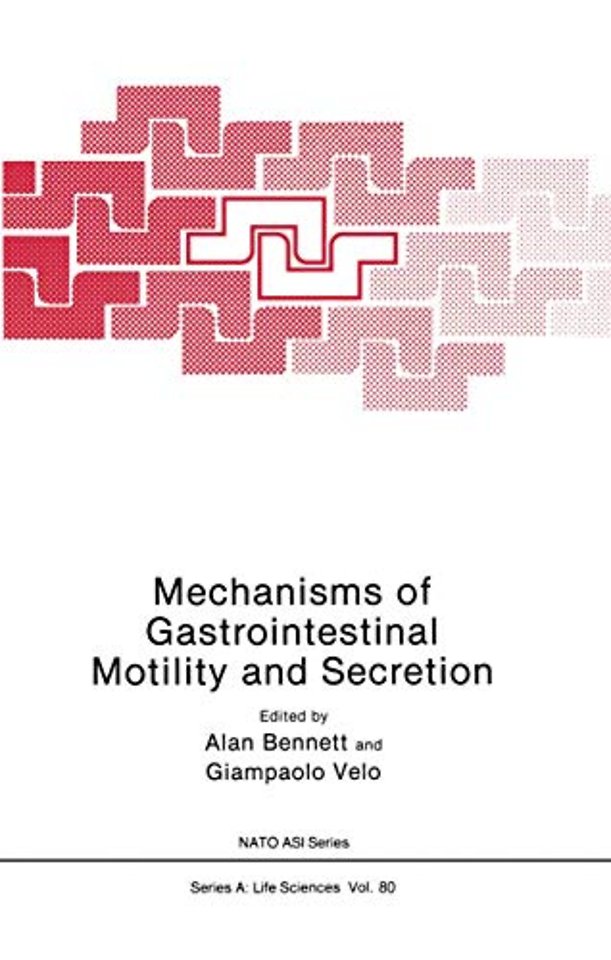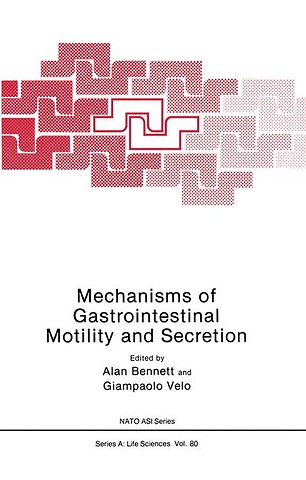Mechanisms of Gastrointestinal Motility and Secretion
Samenvatting
The physiological role of histamine in gastric secretion has been controversial since Popielski demonstrated that histamine sti mulates this secretion. The results using H2-receptor antagonists, together with the findings that histamine is produced and stored in the fundic mucosa and released upon vagal or hormonal stimulation, indicate that this amine is the major physiological stimulant of the parietal cells. The concepts of histamine as a 'final common chemo stimulator' of parietal cells, and as part of a 'multi-messenger' potentiating interaction of various hormonal secretagogues on parietal cells, have both been proposed to explain the involvement of hista mine in gastric secretory mechanisms. Histamine may also be an im portant factor in the pathogenesis of gastric hypersecretion and peptic ulcer disease since its mobilization from gastric mucosal stores is accelerated in peptic ulcer disease, and since treatment with vagotomy or H2-receptor antagonists decreases histamine release and increases its degradation in the gastric mucosa. REFERENCES Angus, J. A. , 1982, Histamine receptors - their classification and role in gastric acid secretion, in: Receptor Update; Proceedings. Excerpta Medica, Geneva, 29. Angus, J. A. , and Black, J. W. , 1978, Production of acid secretion in the isolated stomach by electrical field stimulation, Br. J. Pharmacal. 62: 460P. Angus, J. A. , and Black, J. W. , 1982, The interaction of choline esters, vagal stimulation and H2-receptor blockade on acid secretion in vitro, Eur. J. Pharmacal. 80: 217. Ash, A. S. F. , and Schild, H. O.

